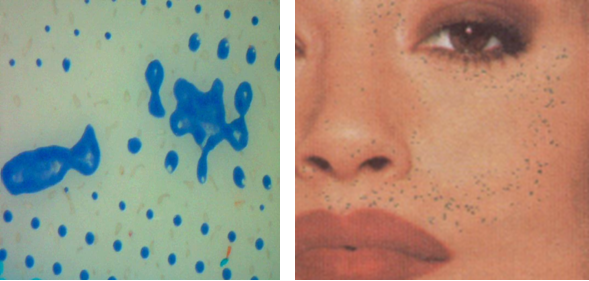The series entitled “Label printing – experience gained in practice” looks at everyday challenges encountered in label printing and how to overcome them. In this issue we take a look at printing plate overinking.
Definition of problem:
The fine halftone areas (“catchlights”) become filled in and regularly have to be cleaned. Individual dots join together under the microscope.
Possible solutions:
- Use an anilox roller with a lower pick-up volume
- Use an anilox roller where the number of lines per centimetre is at least 6 times the printing plate's screen size
- Use soft adhesive tape
- Reduce the anilox roller's feed to the printing cylinder if possible
- The pigment concentration in the ink is too high - add some transparent white
- Lower the pressure of the squeegee knife relative to the anilox roller - excessive squeegee printing pressure bends the squeegee knife and increases the ink transfer (visible in the printing process in the form of a “glassy” rather than a matt film of ink on the surface of the anilox roller)
- Check for correct anilox roller doctoring - if necessary, use a new squeegee knife
- Unsuitable type of printing plate - use a different type
- Use Edoflex antistatic spray on the printing plate (Gallus order no.: 181211)
